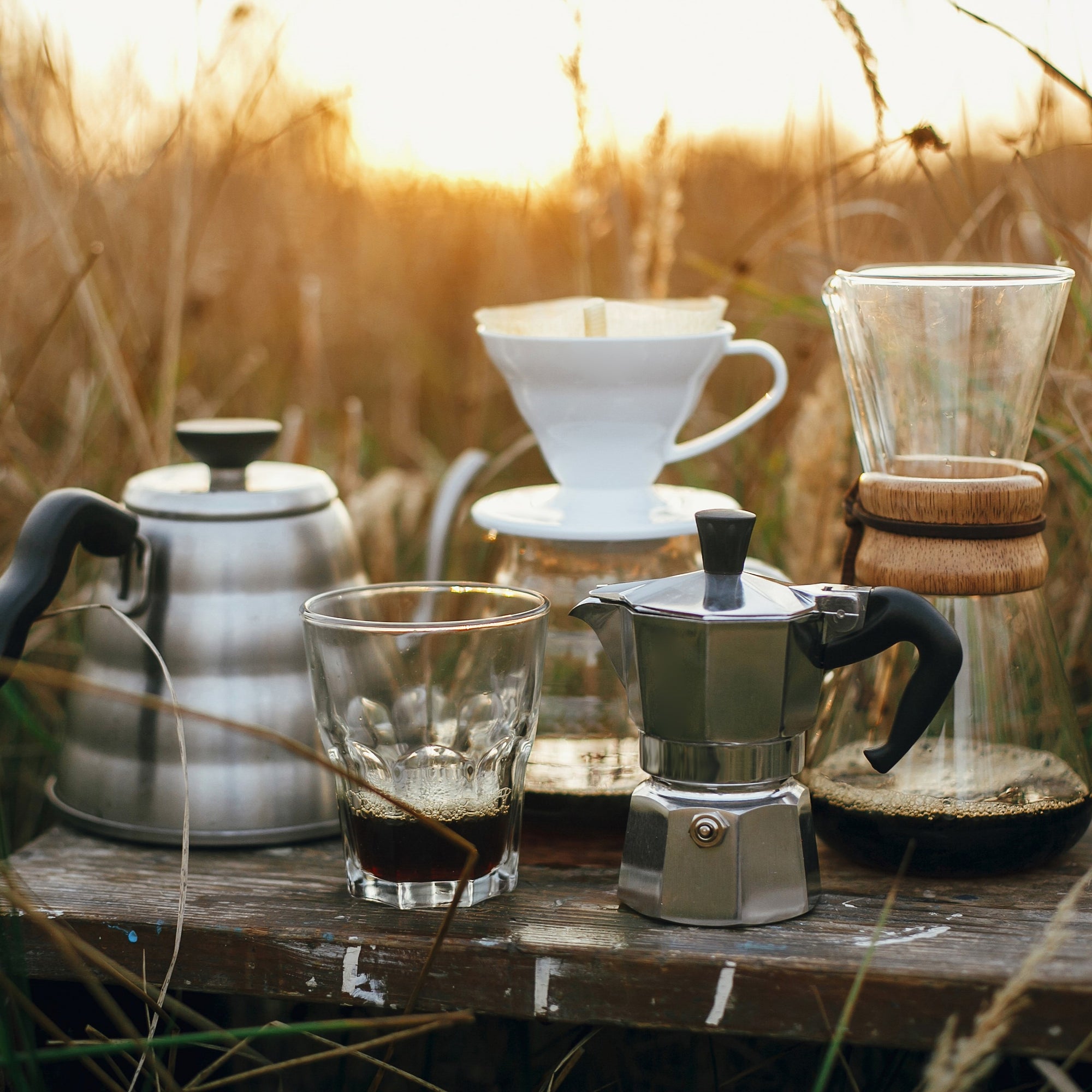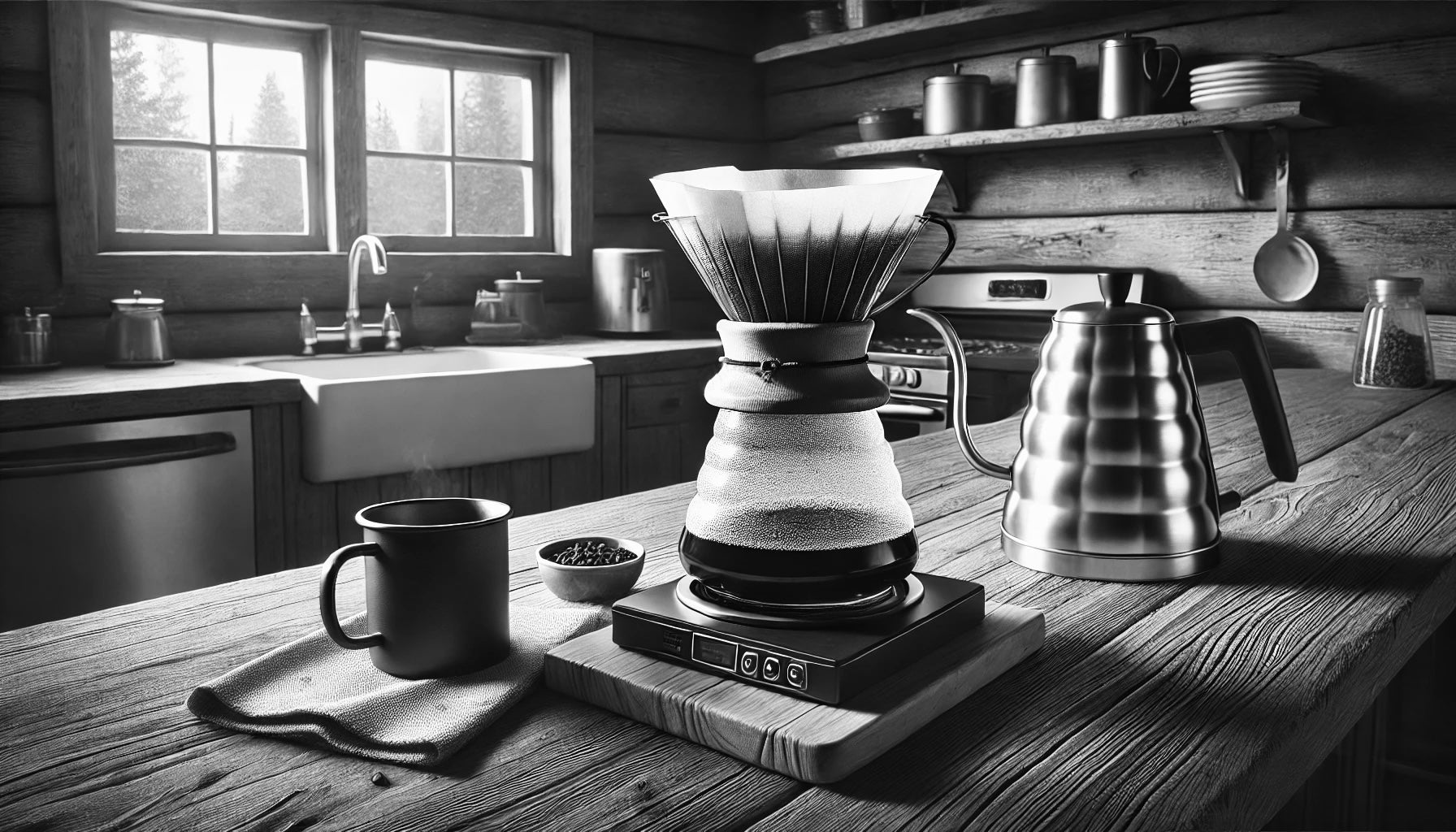A Comprehensive Guide to Different Coffee Brewing Methods You Ought To Try
A Comprehensive Guide to Different Coffee Brewing Methods You Ought To Try
Blog Article
Discovering the Art of Coffee Developing: A Comprehensive Guide to Refining Your Cup
The art of coffee brewing is a complex technique that merges scientific research with individual expression, where the selection of beans, water high quality, and developing approaches merge to develop a polished sensory experience. Understanding the subtleties of various coffee beans, especially the differences between Arabica and Robusta, is necessary for any aficionado. The option of ideal tools and precise attention to brewing parameters can considerably influence the last end result. As we explore these components, one must consider exactly how even small modifications can cause profound modifications in flavor and aroma-- what might these adjustments reveal concerning your excellent mug?
Understanding Coffee Beans
To really value the art of coffee brewing, one must first comprehend the foundational component: coffee beans. These tiny seeds, normally stemmed from the Coffea plant, are essential in determining the flavor account, scent, and general high quality of the brewed drink. Coffee beans mostly fall under two classifications: Arabica and Robusta. Arabica beans, known for their fragile tastes and higher level of acidity, are typically preferred by connoisseurs. On the other hand, Robusta beans possess a stronger, much more bitter taste and higher high levels of caffeine web content, making them suitable for espresso blends.

In addition, the processing technique-- whether cleaned, natural, or honey-- affects the beans' final taste. Recognizing these components permits makers to pick the appropriate beans that straighten with their liked flavor account, ultimately improving the coffee developing experience. coffee brewing methods. This understanding is essential for any person desiring master the craft of brewing the excellent mug of coffee
Developing Approaches Explained
Lots of enthusiasts find that the option of developing approach substantially influences the last taste and scent of their coffee. Each approach uses various extraction strategies, affecting the coffee's character and splendor.
Drip brewing, one of the most preferred methods, uses a device to leak warm water through ground coffee, producing a constant and clean mug. French press, on the other hand, immerses coffee grounds in warm water, permitting a fuller body and more robust taste, as oils and fine fragments remain in the mixture.
Pour-over brewing offers a meticulous strategy, where water is by hand put over coffee grounds, permitting precise control over extraction time and temperature, leading to a nuanced find out and bright mug.
Coffee, a focused coffee brewed under stress, is recognized for its strong taste and creamy structure, offering as the base for numerous coffee beverages, including cappucinos and cappuccinos.
Important Equipment Required
The structure of any effective coffee developing process lies in quality equipment customized to your favored method. A reputable coffee grinder is important; newly ground beans substantially enhance taste and fragrance.
Following, consider your developing device. Options vary from drip coffee machine and pour-over configurations to French presses and coffee makers. Each approach uses unique flavor profiles and brewing methods, so choose one that straightens with your preference preferences.
A specific scale is additionally vital, allowing you wikipedia reference to gauge coffee and water accurately, which is vital for uniformity. In addition, a thermometer can help check water temperature, as it directly affects extraction top quality.
Learning Water High Quality
The quality of water used in brewing coffee plays a significant role in determining the last taste profile of the cup. Various variables contribute to water high quality, consisting of mineral content, pH level, and total pureness. Ideally, water must be devoid of contaminations and pollutants, as these can negatively influence the taste of coffee.
Minerals, such as calcium and magnesium, enhance the extraction of flavors from the coffee premises, while maintaining a balanced pH degree-- around 6.5 to 7.5-- is crucial for ideal extraction. Water that is also soft might lead to under-extraction, causing weak or sour flavors, while overly difficult water can create a bitter or harsh mug.
For the very best results, filtered water is suggested, as it lowers the visibility of chlorine and various other unwanted substances frequently found in faucet water. In addition, consider using water with a Total Dissolved Solids (TDS) degree between 150-200 ppm, which is typically suitable for coffee brewing. By grasping water top quality, you can lay a solid structure for attaining a continually superb mug of coffee, permitting the special qualities of your chosen beans to radiate through.

Tips for Taste Improvement
Enhancing the flavor of your coffee can dramatically boost your brewing click for info experience and highlight the distinct nuances of your selected beans. To accomplish this, think about several vital variables that affect preference.
Firstly, the grind dimension plays an essential duty. A finer work increases extraction, leading to bolder flavors, while a coarser grind yields a milder mug. coffee brewing methods. Readjust your work according to your brewing approach to achieve ideal results
Secondly, trying out brew time. Over-extraction can lead to anger, while under-extraction lead to a sour taste. Aim for a mixture time that stabilizes these extremes, usually in between 2 to four mins, depending on your technique.
Developing with water that is too hot can swelter the coffee, while water that is also great might fail to extract appropriate taste. In final thought, the art of coffee developing is a multifaceted technique that requires a deep understanding of different elements, including bean option, brewing techniques, and water top quality. By incorporating these elements, coffee fanatics can boost their developing strategies, resulting in a cup that not only satisfies individual preferences however also showcases the abundant intricacy of coffee flavors.
The art of coffee brewing is a diverse discipline that merges scientific research with individual expression, where the choice of beans, water top quality, and developing techniques merge to develop a refined sensory experience.To really appreciate the art of coffee brewing, one need to initially recognize the foundational aspect: coffee beans. Developing with water that is also warm can swelter the coffee, while water that is too cool may fail to draw out adequate taste. In final thought, the art of coffee developing is a complex technique that needs a deep understanding of various components, consisting of bean option, developing techniques, and water quality. By integrating these elements, coffee enthusiasts can raise their developing strategies, resulting in a cup that not only satisfies individual preferences yet likewise showcases the rich complexity of coffee flavors.
Report this page